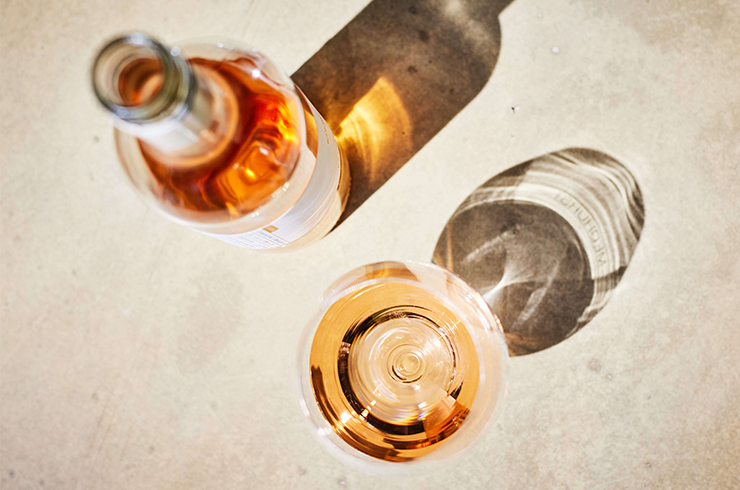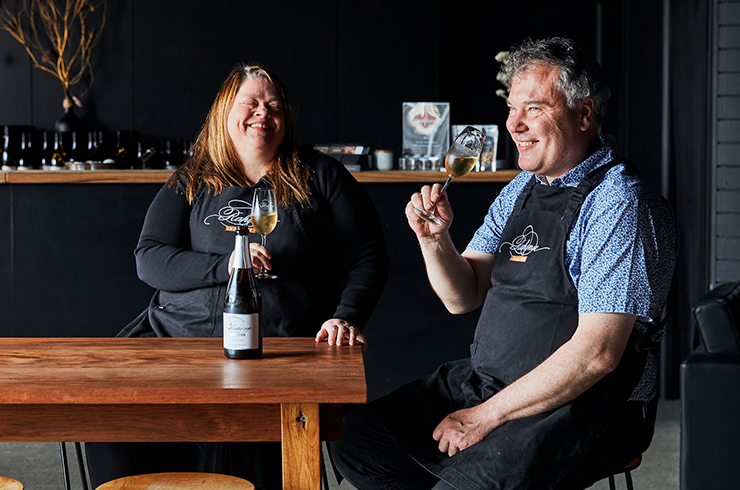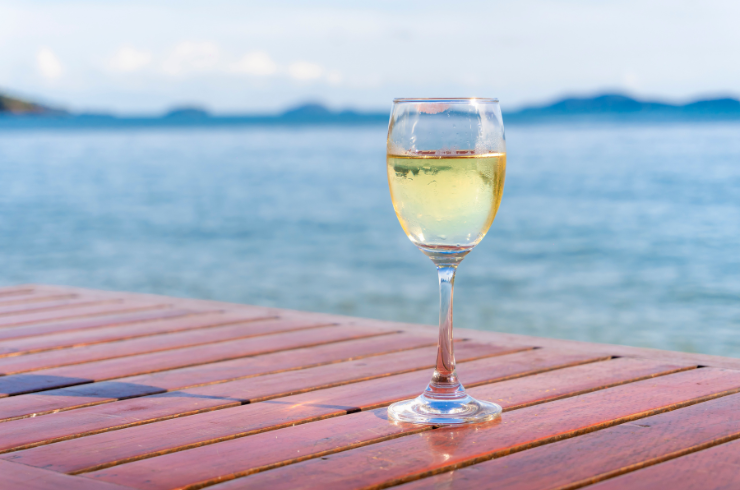Go to section: Carménère tasting characteristics | Origins of carménère | How to pair food with carménère | Serving temperature for carménère | The best Australian carménère regions
This robust French grape loves warm and sunny conditions – characteristics that have helped it become one of the most popular red wine varietals in Chile next to cabernet sauvignon.
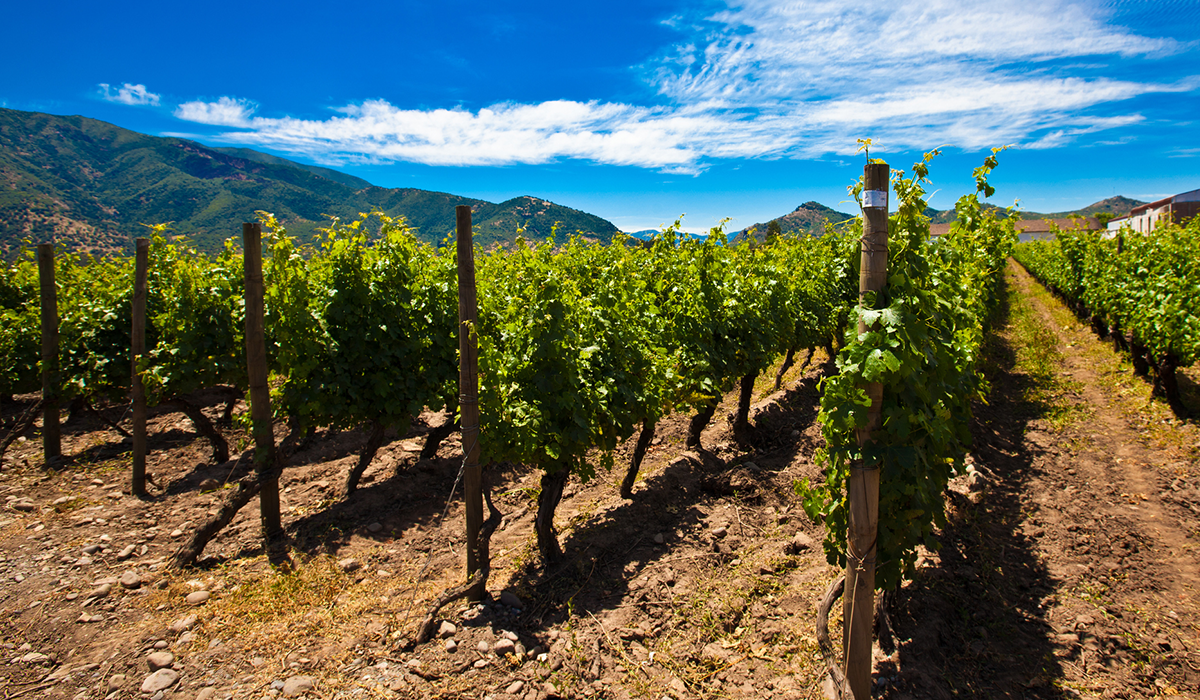
Carménère tasting characteristics
Carménère wines are known for their deep red colour, fruity flavours, and herbaceous and peppery notes. They tend to have more moderate tannins compared to other red wines that thrive in hot conditions. The flavour profile can include dark fruits like raspberry and plum, along with notes of green capsicum, tobacco and sometimes even a hint of cocoa.You’ll like carménère wine if you like merlot, cabernet franc, malbec, primitivo and shiraz/syrah.
Origins of carménère
Carménère was once a popular blending grape in Bordeaux red wines, particularly for Mèdoc. In the 1870s, most of the region’s vines were pulled to stop the spread of phylloxera. When vignerons replanted, they favoured cabernet sauvignon and merlot because they’re easier to grow. (Carménère, cabernet sauvignon and merlot are siblings, sharing a parent grape in cabernet franc.)While all this was happening, carménère made its way over to Chile, although for the first 100 or so years producers thought they were growing merlot. By the mid-90s testing was underway, and by 1998, Chilean winemakers had determined that carménère was not extinct after all. Since then, it’s become one of the country’s most widely planted grapes.
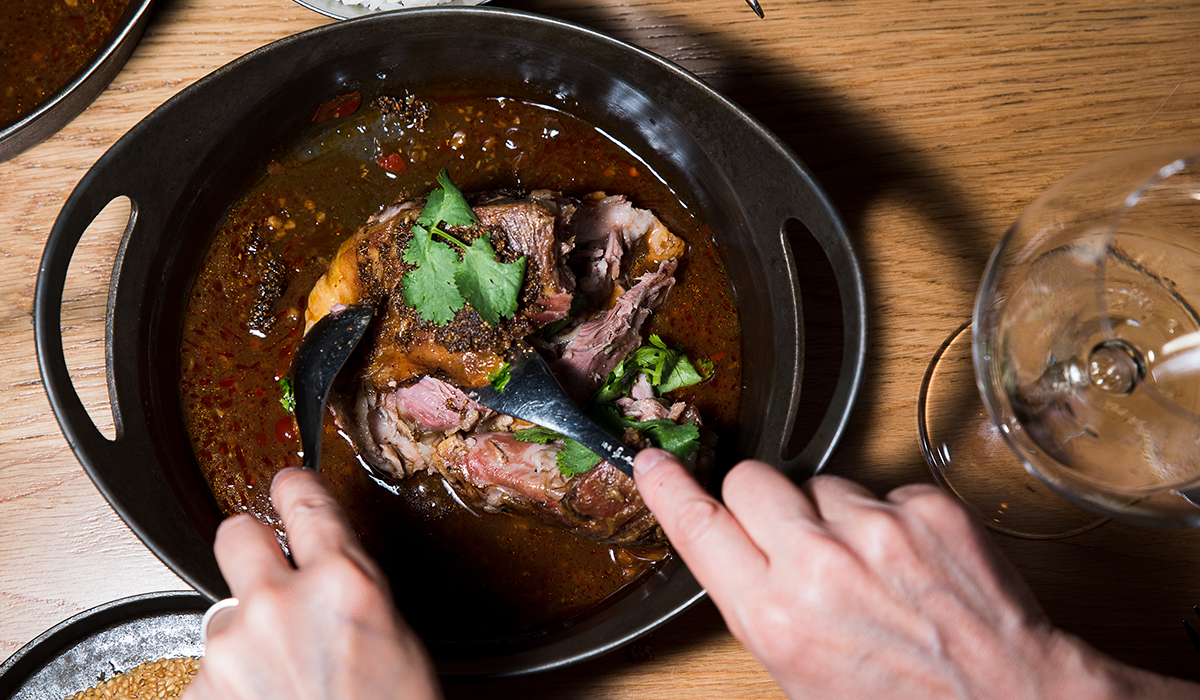
How to pair food with carménère
Carménère rich fruit flavours are good friends with beef and lamb – think charcoal grilled steaks and chops. Its depth and spiciness also lend themselves to rich stews such as American-style chilli and Mexican mole.
Serving temperature for carménère
The ideal serving temperature for carménère, as with most medium-bodied red wines, is 15–18 degrees.
The best Australian carménère regions
For reasons like that of the French – carménère being a tricky grape, and there being better options at the time, Australia hasn’t historically produced a lot of varietal carménère wines. Although its suitability to hot, dry growing conditions has it on many producers’ radar as a sustainable choice in a warming climate.Heathcote was an early adopter, with Humis Vineyard and Noble Red experimenting with carménère in past years. In McLaren Vale, Serafino Wines’s ‘BDX’ is a cabernet sauvignon/cabernet franc/carménère/merlot blend that James Halliday calls “The ultimate wine for nerds and blind tastings, partly because of the rarity of carménère, but more importantly because it's a thoroughly enjoyable drink, at once savoury yet fresh.”


